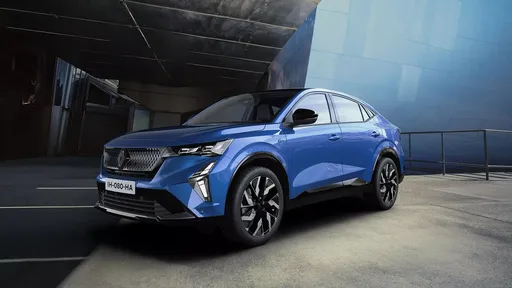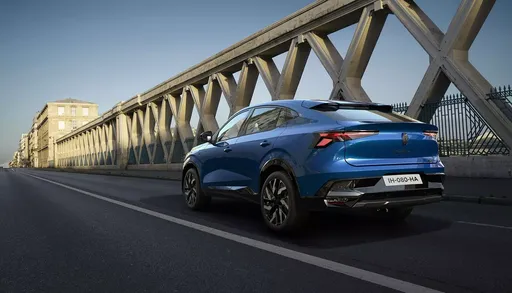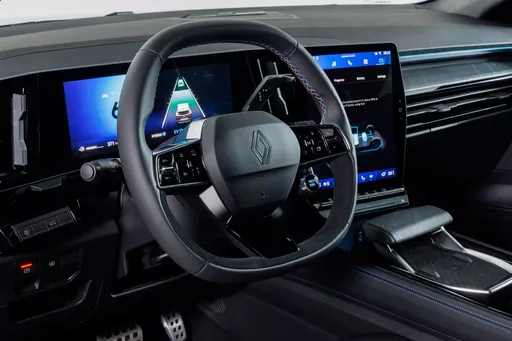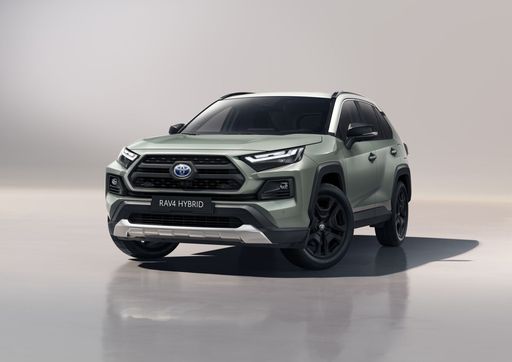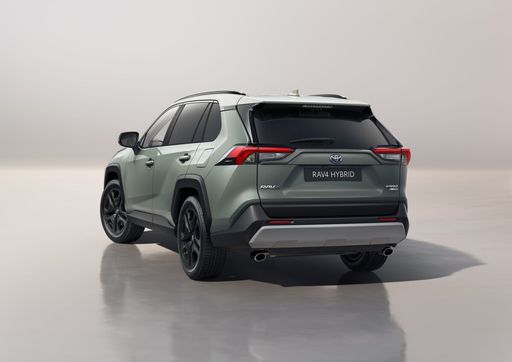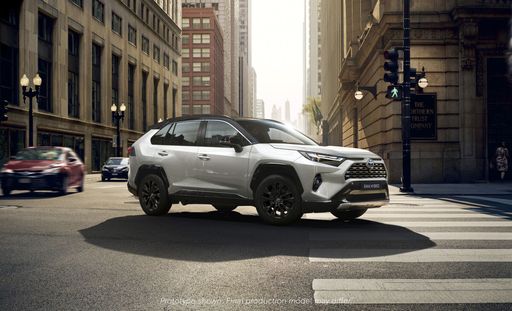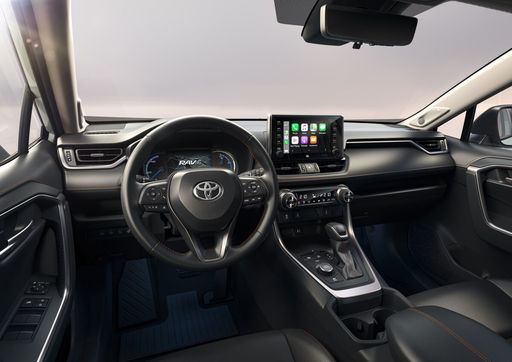Introduction: A Clash of Titans
The automotive market is constantly evolving, and two prominent contenders in the SUV segment have emerged: the Renault Rafale and the Toyota RAV4. With each offering a unique set of capabilities, technologies, and design philosophies, this comparison will explore how these vehicles stack up against each other in various aspects such as performance, efficiency, and technology.

